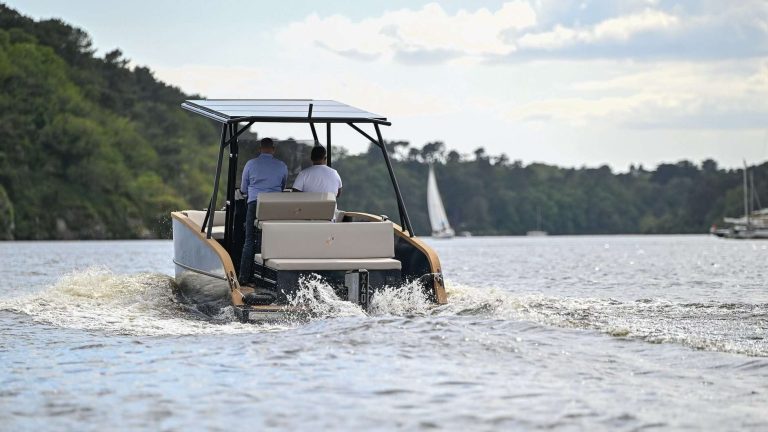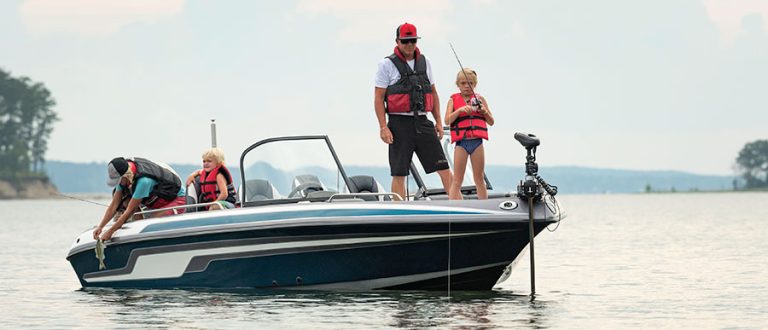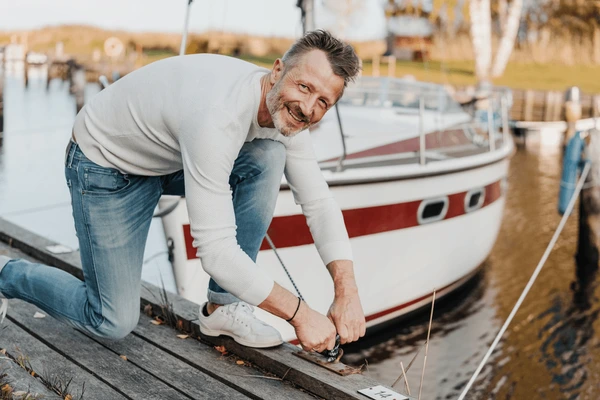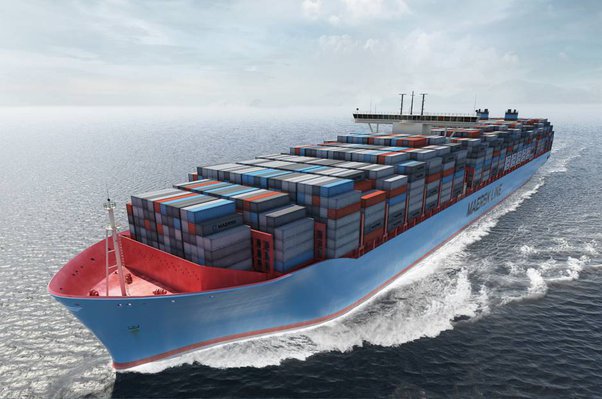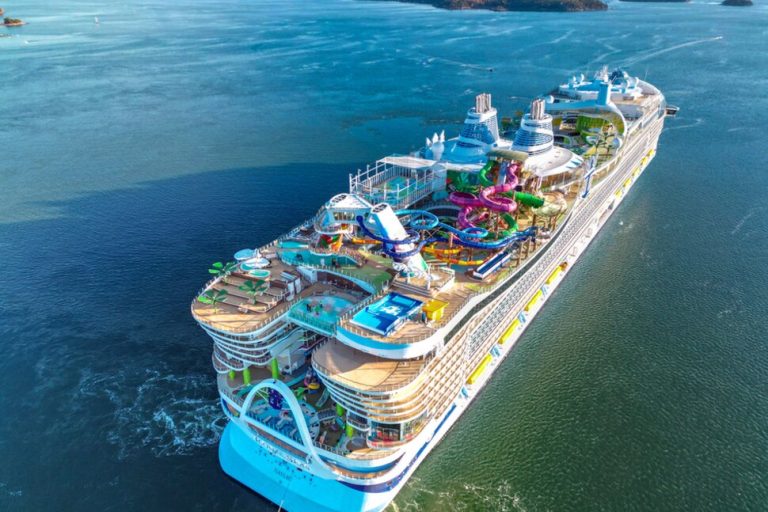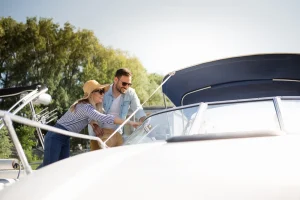Introduction
Ensuring safety on the water is paramount for any boating enthusiast. Proper safety equipment not only complies with regulations but also protects everyone on board. This guide provides an overview of essential boat safety equipment, helping you prepare for a safe and enjoyable experience on the water.
Personal Flotation Devices (PFDs)
Types and Requirements
Personal flotation devices, or life jackets, are critical for safety. Different types cater to various activities:
- Type I: Offshore life jackets designed for open, rough waters.
- Type II: Near-shore vests suitable for calm, inland waters.
- Type III: Flotation aids ideal for water sports and activities.
- Type IV: Throwable devices like rings or cushions.
Regulations require a PFD for each person on board, properly sized and accessible.
Importance
PFDs are essential for preventing drowning, especially in emergencies. Wearing them at all times, particularly in rough conditions, increases safety significantly.
Fire Extinguishers
Types and Placement
Boats with engines, cooking equipment, or enclosed areas must have fire extinguishers. Classification includes:
- Class A: For ordinary combustibles.
- Class B: For flammable liquids.
- Class C: For electrical fires.
Ensure extinguishers are easily accessible and regularly maintained.
Maintenance
Regularly inspect fire extinguishers for pressure, damage, and expiration. Replace or service them as needed to ensure they function during emergencies.
Visual Distress Signals
Types and Usage
Visual distress signals are crucial for signaling help:
- Flares: Hand-held or aerial, effective both day and night.
- Smoke Signals: Visible during daylight.
- Electronic Distress Lights: Long-lasting and suitable for nighttime use.
Regulations often require carrying a combination of these signals, especially for offshore boating.
Proper Use
Learn how to use each signal correctly. Practice deploying them in non-emergency situations to ensure readiness.
Sound-Producing Devices
Types and Requirements
Sound devices are used to signal other vessels:
- Whistles: Compact and required on most boats.
- Horns: Louder options for larger boats or crowded waterways.
- Bells: Required on vessels over a certain size.
Importance
These devices are essential for communication and collision prevention, especially in low-visibility conditions.
Navigation Lights
Types and Placement
Navigation lights are crucial for visibility:
- Red and Green Sidelights: Indicate port and starboard sides.
- White Stern Light: Visible from behind.
- Masthead Light: Required on power-driven vessels.
Compliance
Ensure lights meet regulations for your boat size and type. Regularly check and maintain them for optimal performance.
First Aid Kit
Contents
A well-stocked first aid kit is essential for handling minor injuries:
- Bandages and gauze
- Antiseptic wipes and ointment
- Pain relievers
- Scissors and tweezers
Customization
Customize the kit based on the number of passengers and specific needs. Regularly check and replenish supplies as needed.
Anchor and Anchor Line
Types and Selection
An anchor is vital for securing your boat in various conditions:
- Fluke Anchor: Suitable for sandy or muddy bottoms.
- Plow Anchor: Versatile for different sea beds.
- Mushroom Anchor: Ideal for small boats in calm waters.
Importance
Choose the right anchor type and size, with a sufficient line for the conditions. Proper anchoring prevents drifting and potential accidents.
Emergency Position Indicating Radio Beacon (EPIRB)
Function
An EPIRB is a crucial device for offshore boating. It transmits a distress signal via satellite, providing rescuers with your location.
Registration
Register your EPIRB with local authorities to ensure accurate information in case of an emergency. Regularly test and maintain it for reliability.
Conclusion
Boat safety equipment is essential for protecting lives and ensuring a secure boating experience. Understanding and complying with safety requirements not only fulfills legal obligations but also provides peace of mind on the water. Regular maintenance, proper usage, and ongoing education enhance preparedness and safety for all aboard. By equipping your boat with the necessary safety gear, you can enjoy your time on the water with confidence and security.

